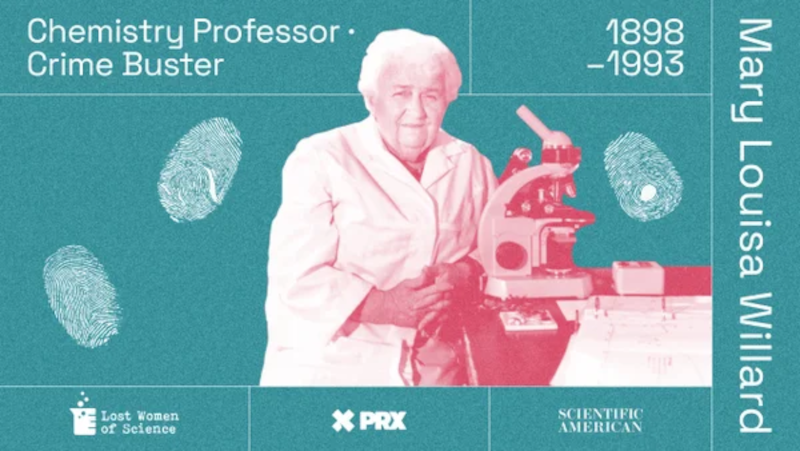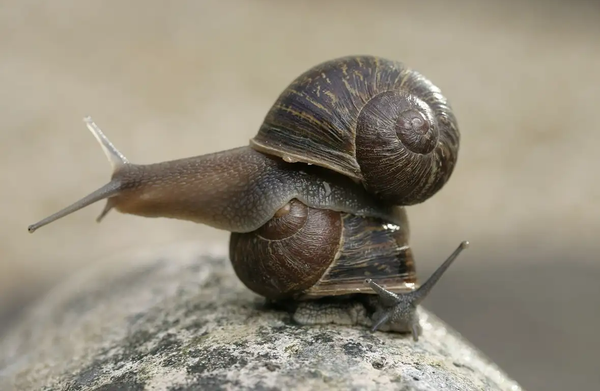The Brazilian town where the American Confederacy lives on

From Vice: "One day last spring, near an old rural cemetery in southern Brazil, a black man named Marcelo Gomes held up the corners of a Confederate flag to pose for a cell-phone photo. After the picture was taken, Gomes said he saw no problem with a black man paying homage to the history of the Confederate States of America. "American culture is a beautiful culture," he said. Some of his friends had Confederate blood. Gomes had joined some 2,000 Brazilians at the annual festa of the Fraternidade Descendência Americana, the brotherhood of Confederate descendants in Brazil, on a plot near the town of Americana, which was settled by Southern defectors 150 years ago. On the morning of the festa, a public-address system was blaring the Confederate song 'Stonewall Jackson's Way' and Brazilians in ten-gallon hats and leather jackets called out greetings."
Two cities received millions of dollars from Benjamin Franklin 200 years after he died

From Why Is This Interesting: "Imagine waking up one day to find out that someone from the past had left you a vast sum of money. Not just the recent past, but hundreds of years ago. Now, imagine they left you £1,000 at the time, but because it was compounding, it’s now worth millions. That’s what happened to the city of Philadelphia & Boston, who in 1887 both received the equivalent of millions of dollars today, from none other than the long-deceased Benjamin Franklin. Then, a hundred years later, in 1987, the two cities received an additional $2m and $4.5m respectively. You see, Benjamin Franklin had declared in his will that a sum of money be left in a trust for 200 years. The resulting funds were only to be used to help out young tradesmen in either city, to help them access initial capital to make their start. After 100 years, the cities were to receive 75% of the funds, with the rest to continue compounding for another 100 years."
How Marcel Marceau used his mime skills to save lives in World War II

From Messy Nessy Chic: "His name is synonymous with the art of mime, a performer whose silent expressions spoke volumes. But beyond his pale-faced persona and invisible walls lies a story of remarkable bravery and heroism. During World War II, Marceau used his unique talents to save children from the horrors of Nazi-occupied France, first using mime to help children quietly escape and keep them calm during perilous escapes across borders. For Marcel and his earliest young students, mime was a powerful tool of survival. Born Marcel Mangel in Strasbourg, France, in 1923, Marceau’s early life was marked by the turmoil of impending war. When the Nazis invaded France in 1940, he was thrust into a world where survival required courage, cunning tactics, and often, silence. His father was deported to Auschwitz in 1944, where he was killed. This loss fueled Marceau’s determination to fight back in any way he could."
(Editor's note: If you like this newsletter, please share it with someone else. And if you really like it, perhaps you could subscribe, or contribute something via my Patreon. Thanks for being a reader!)
A scientist figured out how dragons might be able to breathe fire

From The Conversation: "If dragons existed, what real-world biological mechanisms and chemical reactions might they use? To ignite and sustain a flame, we need three components; a fuel, an oxidising agent - typically oxygen - and a heat source to initiate and maintain combustion. Let’s start with the fuel. Methane could be a candidate. Animals produce it during digestion. The images on the screen of Westeros show dragons are keen on eating sheep. However, our methane-fuelled dragons would need to have a diet and digestive system more like that of a cow to produce enough gas to burn down a city. Ethanol could be an option. Maybe our dragons hold a vat of fermenting yeast in their guts, or they could have a metabolic system similar to Devil’s Hole pupfish, which live in hot springs in Nevada, US. Under low oxygen conditions, these fish switch to a form of respiration which produces ethanol."
Chemistry professor Mary Louisa Willard was a real-life crime buster

From Scientific American: "Mary Louisa Willard, a chemistry professor at Pennsylvania State University starting in the late 1920s, was a colorful character. Her hometown of State College, Pa., knew her for stopping traffic in her pink Cadillac to chat with friends and for throwing birthday bashes for her beloved cocker spaniels. Police around the world knew her for her side hustle: using chemistry to help solve crimes. “Lady Sherlock” as one newspaper called her. She was a chemistry professor who picked up a side hustle as a forensic criminologist and soon, she was helping law enforcement investigate everything from forgeries to homicides using the cutting-edge science of her time. In 1921, she became one of three women to graduate from Penn State with a bachelor’s in chemistry. She went on to get a master’s, and then a PhD in organic chemistry."
In the 1960s a utopian community called Auroville emerged in India

From JSTOR Daily: "In the 1960s, a group of people inspired by anticolonial sentiments and respect for Indian spiritual traditions formed a utopian community called Auroville. Auroville was the product of a political and spiritual partnership between two people who bridged Indian and European cultures. Sri Aurobindo Ghose was educated in England before returning to India and joining the struggle for independence. Targeted by the British authorities, he fled to southeastern India. Mira Alfassa was born in Paris to a secular Sephardic Jewish family. She became interested in spiritualism and ended up traveling to India with her husband. They met Aurobindo in 1914, and formed an ashram that attracted both Indians and expats from Europe. After Aurobindo’s death in 1950, Alfassa, now known as “the Mother,” began planning a more ambitious community: a city in the shape of a galaxy with skyscrapers and moving sidewalks."
The power of a green screen in movie-making
Green Screen power 💚 pic.twitter.com/iqhur8W8tr
— Science (@ScienceGuys_) June 27, 2024
Acknowledgements: I find a lot of these links myself, but I also get some from other newsletters that I rely on as "serendipity engines," such as The Morning News from Rosecrans Baldwin and Andrew Womack, Jodi Ettenberg's Curious About Everything, Dan Lewis's Now I Know, Robert Cottrell and Caroline Crampton's The Browser, Clive Thompson's Linkfest, Noah Brier and Colin Nagy's Why Is This Interesting, Maria Popova's The Marginalian, Sheehan Quirke AKA The Cultural Tutor, the Smithsonian magazine, and JSTOR Daily. If you come across something interesting that you think should be included here, please feel free to email me at mathew @ mathewingram dot com



